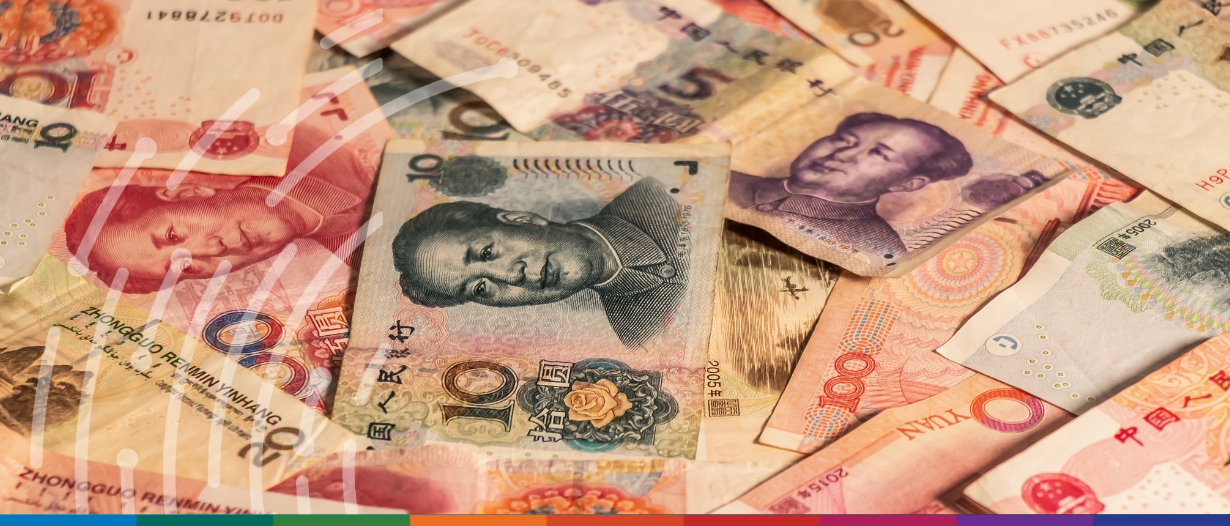China’s use of renminbi in cross-border transactions has reached a record high.
According to recent data from the State Administration of Foreign Exchange, in July 2024, 53% of China’s inbound and outbound transactions were conducted using the renminbi. The currency has surpassed the US dollar in China’s international receipts.
A 2023 Bank of China survey revealed that over 90% of domestic and overseas enterprises either used renminbi for cross-border settlements or planned to increase its use, up from 81.3% in 2022.
This surge is partly attributed to Russia’s pivot away from dollars and euros following American sanctions and the exclusion of some Russian banks from the SWIFT (Society for Worldwide Interbank Financial Telecommunication) network. Moscow has officially designated the renminbi as its primary foreign currency, with the Chinese currency’s share in Moscow Exchange trading reaching 54% in June 2024.
In this vein, China’s stable monetary policy stands against the volatile backdrop of the US, where interest rate cuts from the current 5.25-5.5% range are anticipated. This has laid a foundation for potential exchange rate profit opportunities: including converting dollars to renminbi, or investing in Chinese bonds.
Beijing’s efforts to internationalise its currency have also played a crucial role in the renminbi’s growth. Since the introduction of dim sum bonds in 2007, the currency has established a firm presence in global markets. The launch of the Shanghai-based Cross-border Interbank Payment System (CIPS) in 2015 further bolstered China’s renminbi infrastructure.
While CIPS facilitates onshore clearing of cross-border renminbi transactions, new offshore renminbi clearing banks have been established worldwide, including in Pakistan, Brazil, Laos, and Serbia.
Beijing’s strategy appears focused on enhancing the renminbi’s autonomy and resilience rather than directly challenging the dollar’s global dominance. In global trade financing, the renminbi remains a distant second to the dollar.
As of March 2024, it ranks fourth in SWIFT trade finance settlements, accounting for 4.69%, behind the pound (6.57%) and the euro (21.93%), with the dollar maintaining a commanding lead at 47.37%.
China’s strict capital controls, lack of risk-free renminbi-denominated assets, and relatively closed financial markets are likely to limit the currency’s adoption in trade with the US and EU. However, recent talks about China potentially paying for substantial Saudi oil purchases in renminbi raise questions about the dollar’s future dominance in the Middle East.
If a significant portion of Riyadh’s oil trade were conducted in renminbi, Saudi policymakers might be inclined to spend it on Chinese imports due to the currency’s potential volatility. This could lead to increased investment in housing, infrastructure, industrial and renewable sectors, or even within China itself.
























